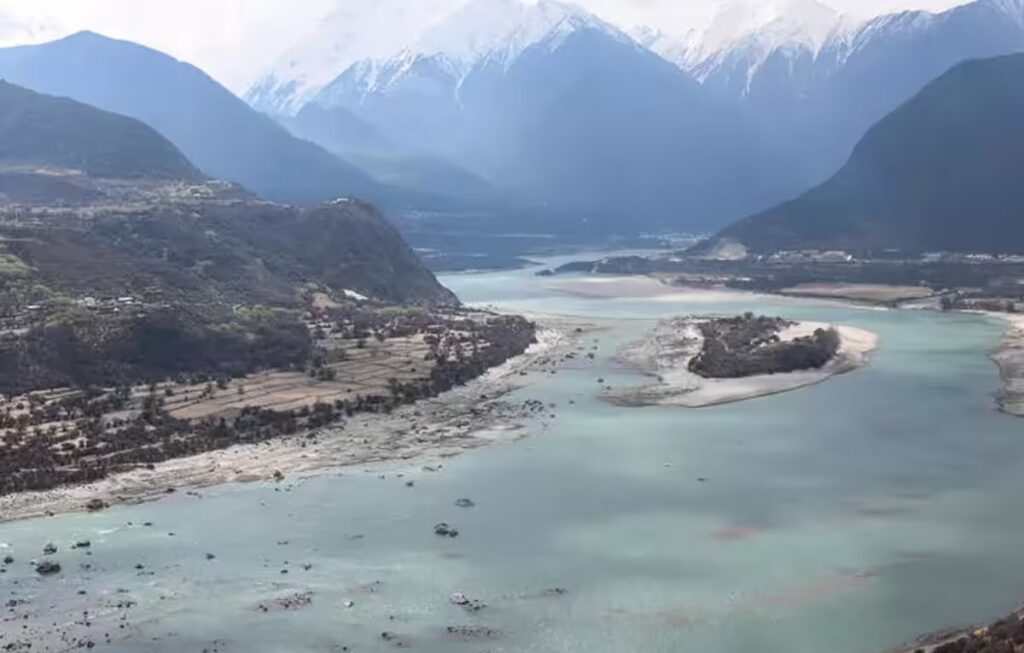China has begun to build the new largest hydropower dam in the world, the Medog(Motuo) Hydropower Station on the Yarlung Tsangpo River, on July 19, 2025. With an estimated investment of $ 137 billion and projected generating capacity of 60,000 MW (three times that of the Three Gorges Dam), this project has already attracted international attention.
Located just upstream of Arunachal Pradesh near the Eastern Himalayan “Great Bend,” the dam would allow China to exert almost total control over the Brahmaputra River, which supplies almost 30 percent of Assam’s freshwater. Any disruption of a physical or operational nature would impact agriculture or drinking water access for millions of peoples, as well as hydropower access in India and Bangladesh.
Various Indian officials, including Chief Minister of Arunachal Pradesh Prema Khandu, have cautioned that the project could constitute a “water bomb” with risks for floods during unplanned releases into the lower river and drought during incarceration of river water. They also note the risks associated with the dam’s geological vulnerability, possible harm to at-risk ecosystems and the impacts of development to tribes living downstream and culturally attached to the river. Engineers observed sediment entrapment would aggravate loss of the fertile floodplains and reduce short and long-term food security for homes in Assam and Bangladesh.
Though China insists that the dam is unlikely to problematize things downstream, that China is taking heed of ecological issues and that it will work to mitigate unavoidable impacts at the downstream and downstream parties’ requests, India renewed calls for a specific and legally binding water-sharing agreement as recognised under international domestic law and norms and maintaining agreed prevention mechanisms based on implementation of notices and preventing impacts based on consultations.

